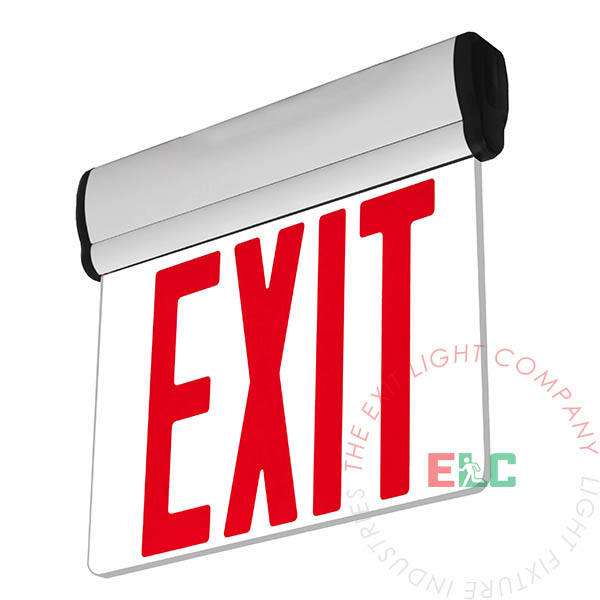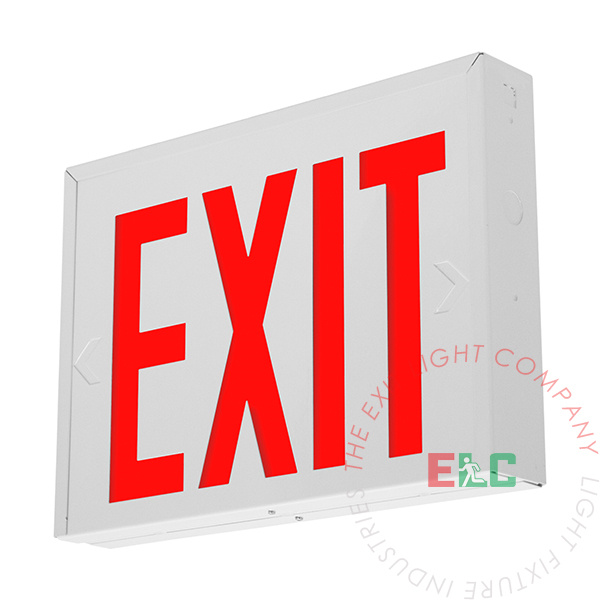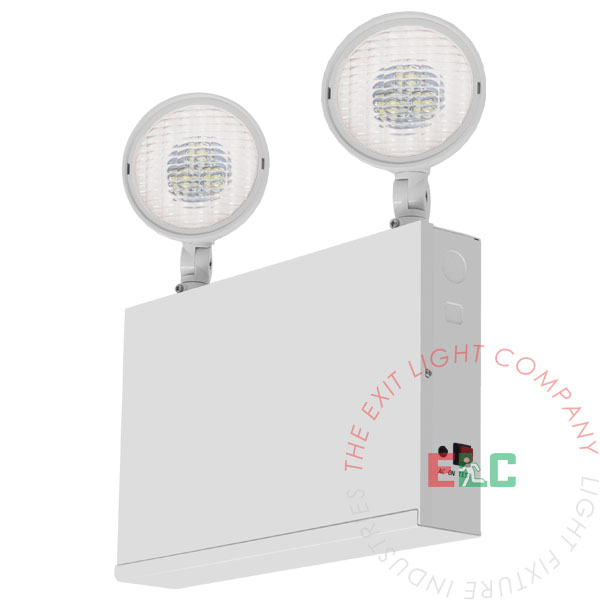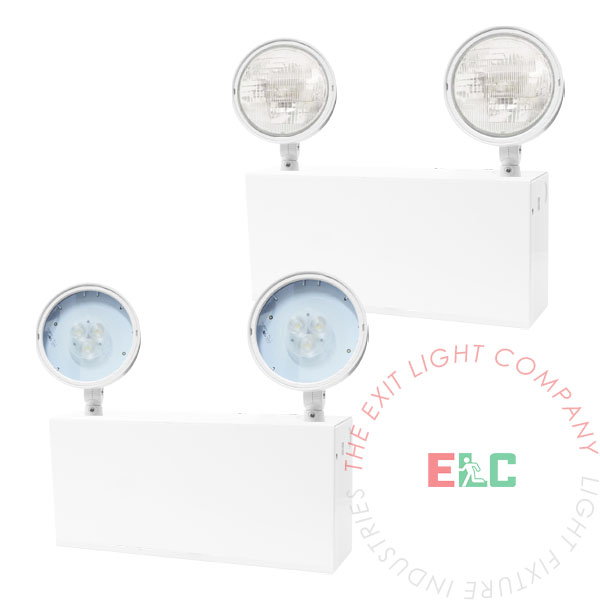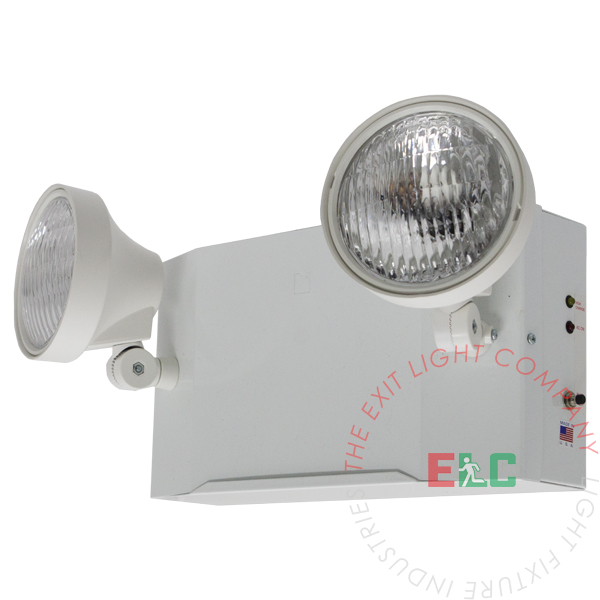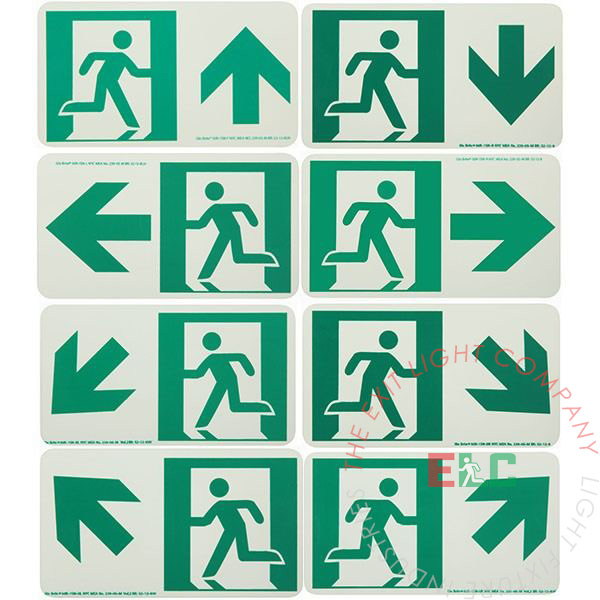
"The 1835 Great Fire of New York was one of the worst in its history. It destroyed 17 blocks and nearly stopped the upward trajectory of the, at the time, up and coming city. The lack of building standards, heavy use of wood in construction and a undermanned volunteer fire department were the perfect storm for this historical blaze." -Electrician Chris
Learn More
NYC Building Code NYC Fire Code NYC Administrative Code - Title 27 1835 Great Fire of New York Our Full Line of NYC Approved Products
Things have changed since then and now the New York City Fire Department is the largest municipal fire department in the United States, and the second largest in the world after the Tokyo Fire Department. The FDNY employs approximately 11,000 uniformed firefighting employees, 4000+ uniformed EMS employees, and 2000+ civilian employees.
While most cities in the United States opt to follow the National Electrical Code (NEC) for their exit sign and emergency lighting requirements, New York City has taken a different approach. The NYC Building Authority has developed its own specifications for what egress lighting is required in public and commercial buildings. These requirements are above and beyond what the NEC mandates meaning that typical exit and emergency lighting are non-compliant. Here are some of the main features set out in NYC code.

New York City Exit Sign Requirements

There are several design features that set NYC exit signs apart from your typical NEC guided design. Here are some highlights and where to find them in NYC Building Code
BEST SELLING NYC APPROVED EXIT SIGNS
New York City Emergency Light Requirements
Emergency lighting in NYC follow similar guidelines to the exit signage but a bit simpler. Here are some highlights and where to find them in NYC Building Code
BEST SELLING NYC APPROVED EMERGENCY LIGHTS

New York City High-Rise Signage & Path Markings
Since New York adopted the 2015 International Building Code, all new and existing high-rise commercial buildings in the state of New York are required to install ‘self luminous’ (photoluminescent) egress signage and path markings in stairwells and landings. Here are a few key requirements:





